Grounding the Fantasy of The
Apothecary’s Curse in Historical Authenticity
There's an old Paper Lace song from the '70s called "The Night Chicago
Died." It refers to the "east side" of Chicago.
Except. There IS no East Side of Chicago.
The East Side of Chicago is called Lake Michigan.
There's a North Side, a South Side, a Northwest Side and a West Side,
but no "East Side." Full stop. Always enjoyed
that song, but it always caused a snicker when, as kids, we would play (or
sing) the song.The same is true for all fiction: novels, short stories, television scripts and series. Nothing takes you out of a story faster than screwing up the setting. Conversely, nothing grounds fiction better than a sense of authenticity. And nothing provides authenticity better than knowing whereof and who-of and how-of you speak.
In writing The Apothecary's Curse, I took great pains to research every assertion, setting, and, yes, even, word I used. Was the word "hooligan" in common use in 1837 London? What did an apothecary do in London? What was King James VI take on the supernatural back at the very end of the sixteenth century.
There's a pivotal scene in The Apothecary's Curse where my main character has a motorcycle accident north of Chicago along the Lake Michigan coast. People who do not live in Chicago (or perhaps some that do) are often unaware that to the far north of the City, along the lake, the terrain is far from the flatland with which Chicago is often associated. There are high bluffs, deep ravines, plunging eighty, one hundred, even one hundred fifty feet to the rocky shore. Who'd have thought?
I used the idea because I knew people would find it strange, and maybe a bit fantastical (after all The Apothecary's Curse is a fantasy), but before I put a number on the height of the cliff, I researched everything I knew (and didn't know about the shoreline and the quite mystical ravines that line the shore from Wilmette to the Wisconsin border).
Although I know the Chicago setting quite well, and felt comfortable playing with it, the same is not true of the early Victorian setting of 1837-1842 London. I chose Smithfield Market as the location for Gaelan Erceldoune's Apothecary Shop for some very specific reasons. Smithfield is a place where the immortal Gaelan could be more or less anonymous. Having moved locations after ten years in the posher environs of Hay Hill, he needs to reboot his life, and Smithfield is perfect. He's also needed there. Few physicians (mostly gentlemen) would dare not dirty their hands in the "vile zoology" that is Smithfield (and by the way, that is exactly how accounts for the time describe place, so I copped the description and put into the story).
Also, Gaelan's heritage comes into play here (although not so much in Apothecary's Curse as it will in the second book, which looks back on when Gaelan first moved to Smithfield in 1826 (11 years before events in The Apothecary's Curse). My research uncovered the fact that William Wallace (AKA, The Wallace, a Scottish hero) was executed in Smithfield, perhaps even right on the very same corner that Gaelan's shop sits. Hmm. So the locale was very carefully chosen.
William Wallace was a contemporary and confederate of Lord Thomas Learmont de Ercildoune, Gaelan's ancestor--a figure that is steeped in supernatural legend, but who also existed in medieval Scotland! History, meet mythology, meet fantasy!
So, by placing the fantasy in a real location with a real history related to the ancestor of a historical figure, I hope that grounds the story in history as well as the legend that so pervades the story.
I also underlaid the story with real people in cameos who lived during the times in which the story takes place (or in its back story): Sir Arthur Conan Doyle and his medical mentor Joseph Bell (who is related to Gaelan's frenemy Simon Bell), Sir Isaac Newton, Paracelsus (though only indirectly). There is also a scene midway through the novel in which I wanted to trigger an argument between Gaelan (who's always up for a good verbal row) and Simon's cousin Dr. James Bell.
I had a particular date in 1842 in mind, so I scoured the London Times from July 1842 and came up with the perfect news item: an assassination attempt on Queen Victoria by a mentally and physically disabled, shunned little man. Gaelan, of course, would side with the disabled man, who, after all shot paper "bullets" at the queen.
All of this is to say that no matter whether you're writing historical fiction (for which accuracy is an imperative when dealing in the "actual" factual world) or speculative fiction, everything has to make sense (at least within the world you've built. And if the world you've built is fantastical, but set (even partially) in the real world, attention to detail, gentle use of tropes, diction, setting--and fact, can give your fantastical creation an air of authenticity.
And, if you are interested in reading The Apothecary's Curse, you can find it at your local booksellers, Amazon.com, Barnes and Noble or local library. If you've read it, I would of course appreciate a kind word on Goodreads or Amazon :) And be sure to visit my website and sign up (in the right sidebar) for my mailing list.
You can follow me on Twitter @B_Barnett
Barbara Barnett is author of the Bram Stoker Award-nominated novel The Apothecary’s Curse (Pyr Books), an imprint of Prometheus Books. She is also Publisher/Executive Editor of Blogcritics Magazine (blogcritics.org), an online magazine of pop culture, politics and more, for which she has also contributed nearly 1,000 essays, reviews, and interviews over the past decade. She published in-depth interviews with writers, actors and producers, including Jane Espenson, Katie Jacobs, Doris Egan, David Goodman, Jesse Spencer, Jennifer Morrison, Robert Carlyle, Lana Parilla, David Strathairn, Russel Friend, Garrett Lerner, Elie Atie, Wesley Snipes, and many, many more.
Her book on the TV series House, M.D., Chasing Zebras: THE Unofficial Guide to House, M.D. is a critically-acclaimed and quintessential guide to the themes, characters and episodes of the hit show.
Always a pop-culture and sci-fi geek, Barbara was raised on a steady diet of TV (and TV dinners), but she always found her way to the tragic antiheroes and misunderstood champions, whether on TV, in the movies or in literature. (In other words, Spock, not Kirk; Han Solo, not Luke Skywalker!) It was inevitable that she would have to someday create one of her own.
She is an accomplished speaker, an annual favorite at MENSA’s HalloWEEM convention, where she has spoken to standing room crowds on subjects as diverse as “The Byronic Hero in Pop Culture,” “The Many Faces of Sherlock Holmes,” “The Hidden History of Science Fiction,” and “Our Passion for Disaster (Movies).” Most recently, she gave a lecture at MENSA “The Conan Doyle Conundrum,” which explored the famous author’s life-long belief in fairies.
Barbara is available for signings and other author appearances as well as radio, print and television interviews. She also loves to speak at writers and other conferences! Feel free to contact her directly!
She is represented by Katharine Sands at the Sarah Jane Freymann Literary Agency in New York City. You can reach Katharine at katharinesands@nyc.rr.com.
WEBSITE & SOCIAL LINKS:
WEBSITE | TWITTER | FACEBOOK
About the Book:
Title:
THE APOTHECARY’S CURSE
Author: Barbara Barnett
Publisher: Pyr Books
Pages: 345
Genre: Historical Fiction/Gaslamp Fantasy/Urban Fantasy
Author: Barbara Barnett
Publisher: Pyr Books
Pages: 345
Genre: Historical Fiction/Gaslamp Fantasy/Urban Fantasy
BOOK
BLURB:
Between magic and science, medicine and
alchemy, history and mythology lies the Apothecary's Curse…
A 2017 finalist for the prestigious Bram
Stoker Award and winner of the Reader’s Choice award at this year’s Killer
Nashville, The Apothecary’s Curse is a complex tale of love and survival set in
a very different Victorian era where science and the supernatural co-exist. The
Apothecary’s Curse transports readers between Victorian London and contemporary
Chicago, where two men conceal their immortality….
In early Victorian London, the fates of
gentleman physician Simon Bell and apothecary Gaelan Erceldoune become
irrevocably bound when Simon gives his dying wife an elixir created by Gaelan
from an ancient manuscript. Meant to cure her of cancer, instead, it kills her.
Now suicidal, Simon swallows the remainder – to no apparent effect. Five years
of suicide attempts later, Simon realizes he cannot die. When he hears rumors
of a Bedlam inmate—star attraction of a grisly freak show with astounding
regenerative powers like his own—Simon is shocked to discover it is Gaelan.
When Machiavellian pharmaceutical company
Genomics unearths 19th Century diaries describing the torture of Bedlam
inmates, Gaelan and Simon's lives are upended, especially when the company's
scientists begin to see a link between Gaelan and one of the unnamed inmates.
But Gaelan and Genomics geneticist Anne Shawe find themselves powerfully,
almost irresistibly, drawn to each other, and her family connection to his
remarkable manuscript leads to a stunning revelation.
Will it bring ruin or redemption?
Meticulous historical detail infuses the
narrative with authenticity, providing a rich, complex canvas. And playing off
Simon’s connection to Sir Arthur Conan Doyle, The Apothecary’s Curse draws on
both the Sherlock Holmes canon and Sir Arthur's spirituality, as well as Celtic
mythology, the art of alchemy, and the latest advances in genetics research.














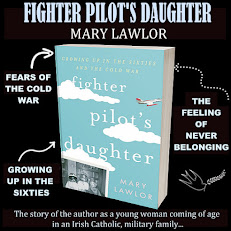



































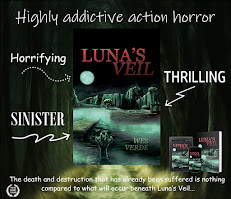
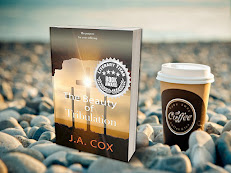








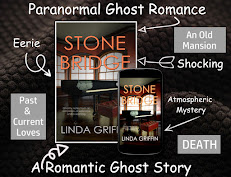



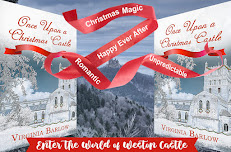

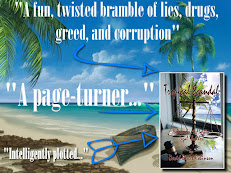

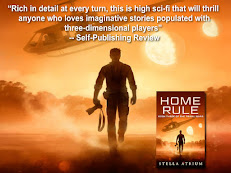



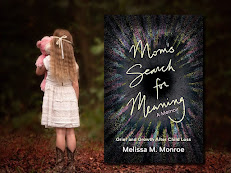



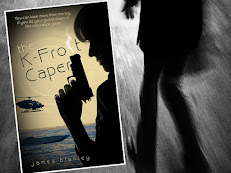
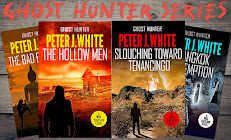
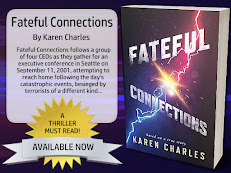
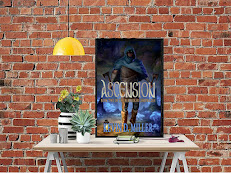






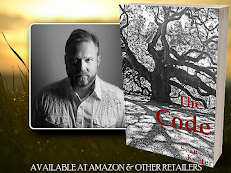

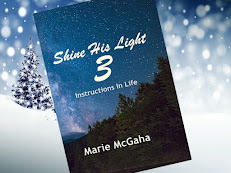

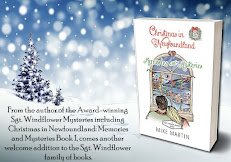



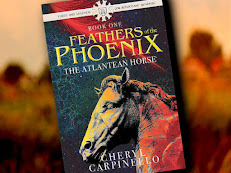
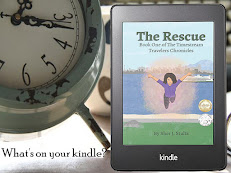

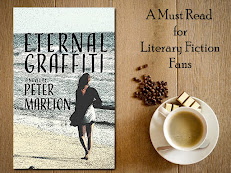
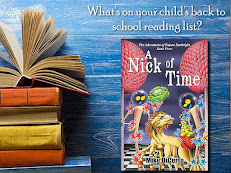
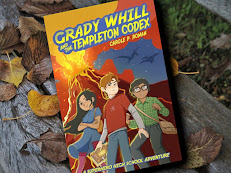


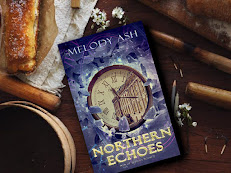

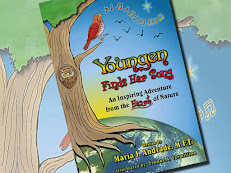

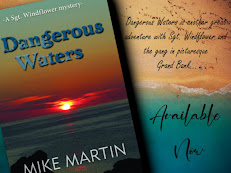


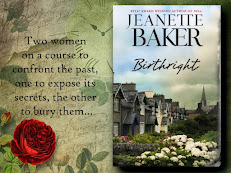
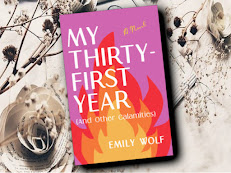
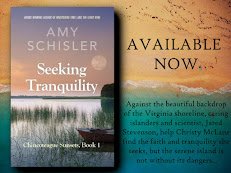
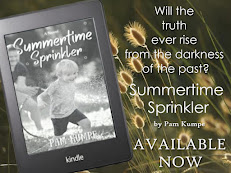

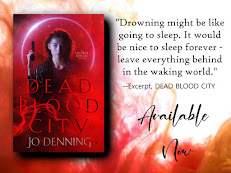
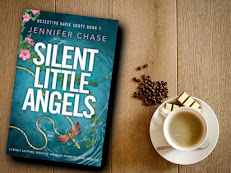

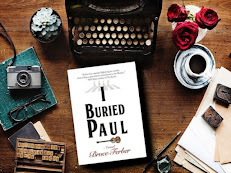
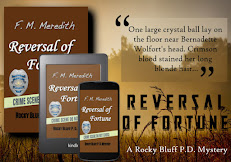
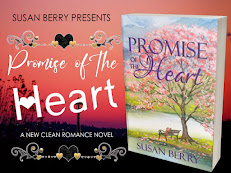

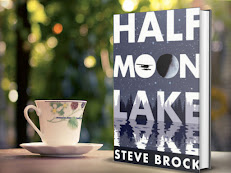

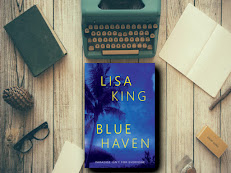

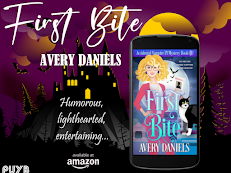

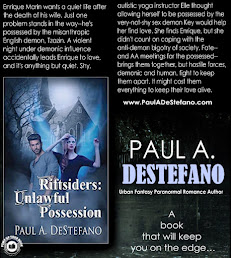

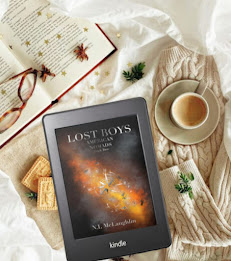



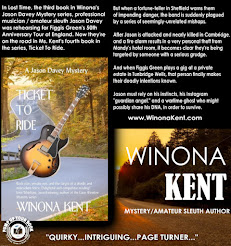

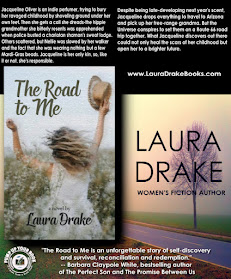



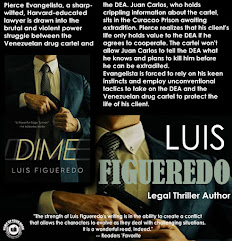























No comments:
Post a Comment